Honey is not vegan. As the honey industry moves slowly towards obsolescence its undeniable cruelty becomes clear, but the 10 billion dollars it pulls in each year the leaders and members of this industry will say and deny anything to keep it going.

Honey is probably the product most frequently mistaken as harmless. There is a common misconception that honeybees make their honey, especially for us, but this could not be much further from the truth.
Because they are insects and because they are seen flying free, bees are considered free of the usual cruelties of the animal farming industry. However, bees undergo treatments similar to those endured by other farm animals. They go through routine examination and handling, artificial feeding regimes, drug and pesticide treatment, genetic manipulation, rape, artificial insemination, transportation (by air, rail, and road), and slaughter.
Like cows and chickens, bees are used as bio-machines to make a product for human consumption. Like all forms of slavery in the modern world, bees are seized as production units, fit the “how to benefit their owner” method.
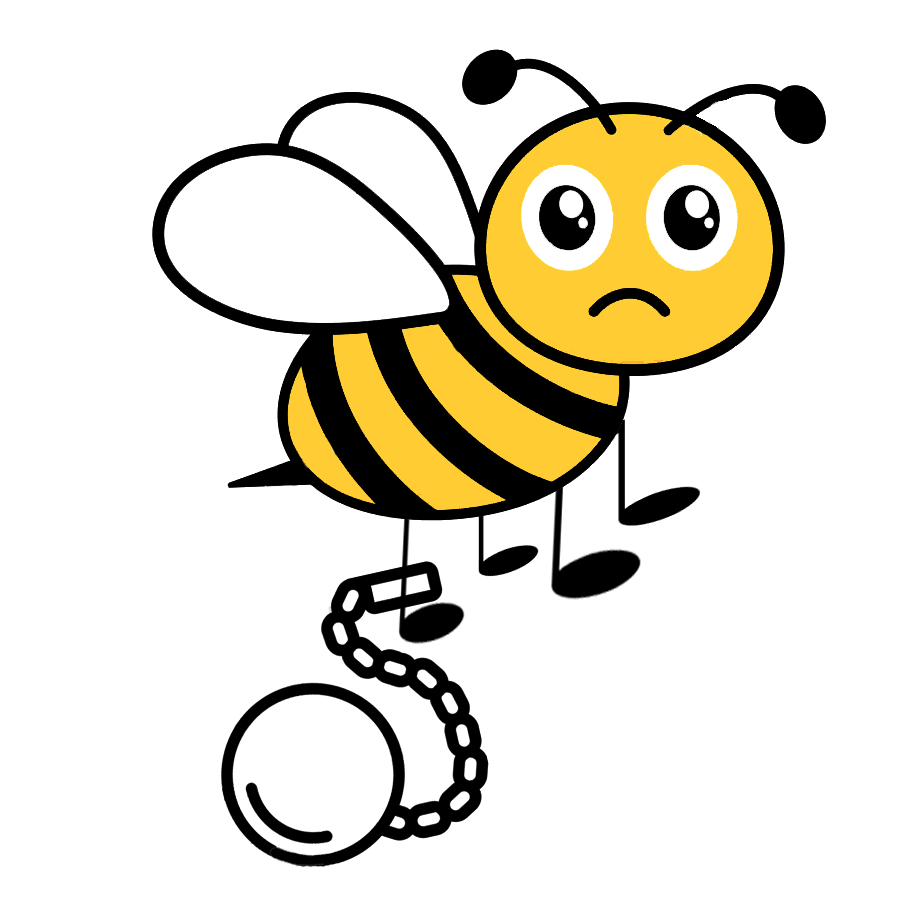
Bees consume sucrose, found in flower nectar, hold it in their primary stomach, and then convert it to glucose and fructose – that is what we call honey. When the bees get back to their hive, they regurgitate the semi-digested material, and the other bees feed on it. Honey is essential to feed their young. In the winter, pollen is less widespread; therefore, they work continually through the other months to hoard their supply.
As opposed to the common conception, bees can feel pain. Bees have brains and central nervous systems with which they comprehend their surroundings. Bees have a unique and complex form of communication-based on sight, motion, and scent that scientists and scholars are working to understand. Bees alert other members of their hive to food, new hive locations, and conditions within their hive (such as nectar supply) through intricate “dance” movements.
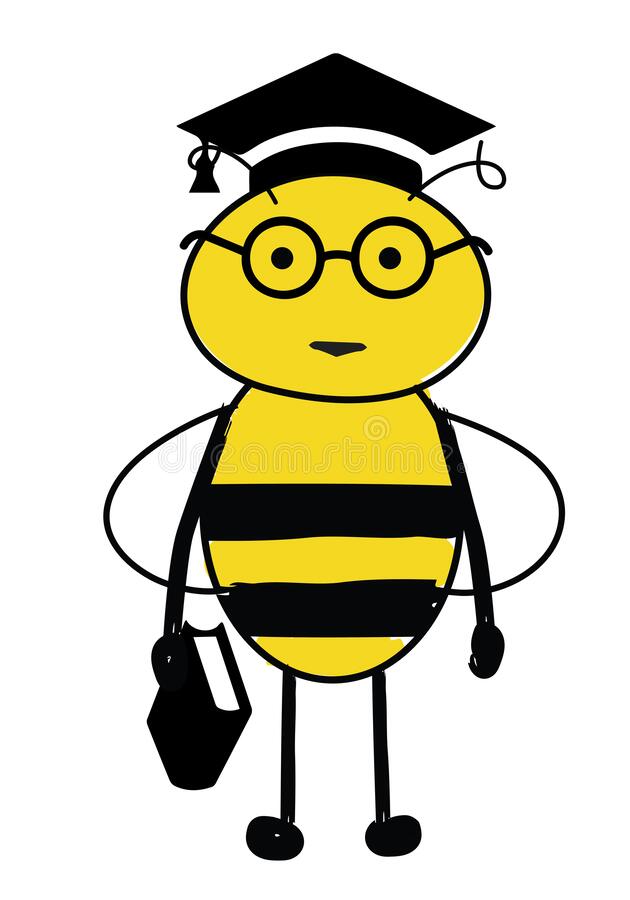
Studies have shown that bees are capable of abstract thinking as well as distinguishing their family members from other bees in the hive, using visual cues to map their travels, and finding a previously used food supply, even when their home has been moved. Similar to the way that smells can invoke powerful memories in humans, they can also trigger memories in bees, such as memories of where the best food can be found.
For humans to consume honey first it must be stolen. The act of taking away food produced for the bee’s young is plain and simple theft. Humans steal the bees’ sole source of nutrition and replace it with sugar syrups. These syrups are usually made of refined sugar or high fructose corn syrup, the cheapest substitutes available and most contain the poisonous weed killer Glyphosate, so they are inferior and poisonous for bees’ health. These sweeteners harm the bees’ immune systems and can cause genetic changes that reduce their defenses against pesticides. Both of these effects can ultimately damage a beehive. If we are trying to protect these animals, it is logical not to deprive them of their ideal source of nutrition. While some beekeepers claim to only take ‘surplus’ honey, it is not possible to judge how much the hive requires to function optimally and humans will almost always defend profit-making activities.
During the process of taking the food they worked so hard to make, the bees are then violently evacuated from their home. This is done by shaking the hives, using chemical repellents, smoking the bees out, or using forced air to blast them out. Bees are quick to defend their hive when it is disturbed. They do not willingly “give” their honey, they fight for it and many are injured, squashed, or otherwise killed during the conquest of their home.
Bees can only gather a tiny amount of pollen from the flowers in each trip, 75,000 miles of travel and pollen from 2 million flowers are needed to gather just one pound of honey. The honeybee will fly about 800 km in her working life and produce just half a teaspoon of honey. A queen produces 150,000 eggs per year during her 2 years of life in commercial hives.
In cold countries, it is not profitable to keep bees throughout the winter. If there is an unproductive gap ‘Beekeepers’ starve the bees or burn the hives to avoid maintenance. ‘Beekeepers’ douse the hive with petroleum, then burn it with the bees inside. In other times, the bees are simply left to starve to death after the honey is taken.
Bees cannot escape from captivity. Lone bees will rarely make it on their own; they need the support of a colony. If a lone bee does leave her colony, occasionally a new colony may accept her, but most of them will kill her.
The most important reason why bees cannot just fly away is that the ‘beekeepers will not let them. ‘Beekeepers’ do their best to prevent swarming (when bees congregate and fly away en-masse), because not only would they lose about half of “their” bees, but bees do not produce honey during the intense preparation of swarming. Beekeepers often kill the old queen and replace her with a new one (older queens are much more likely to swarm than younger ones). Since swarming requires a queen, the queen’s wings are cut off.
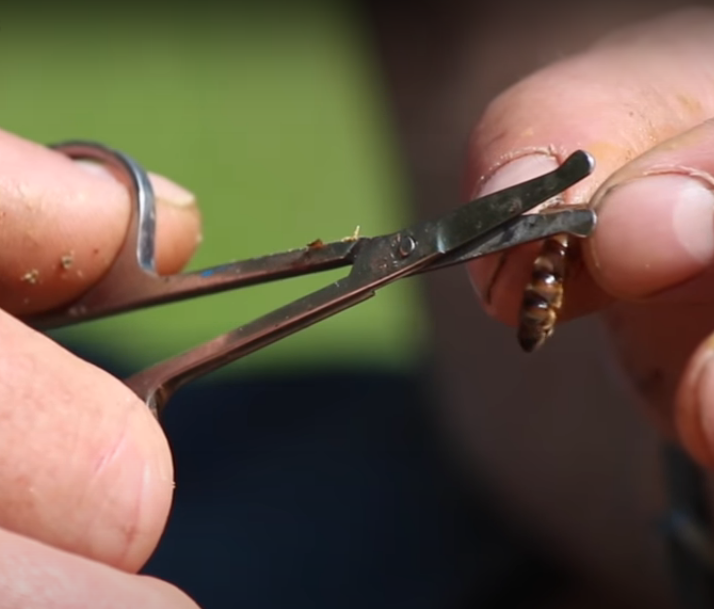
When the ‘keeper wants to move a queen to a new colony, she is carried with “bodyguard bees, all of whom, if they survive the transport, will be killed by bees in the new colony. Artificial insemination involving the death of the male is the norm for the new generation of queen bees. The favored method of obtaining bee sperm is to pull off the bee’s head: decapitation sends an electrical impulse to the nervous system, causing sexual arousal. The lower half of the headless bee is then squeezed to make it ejaculate, and the resulting liquid is collected in a hypodermic syringe to be inserted into the female. The queen is being raped.
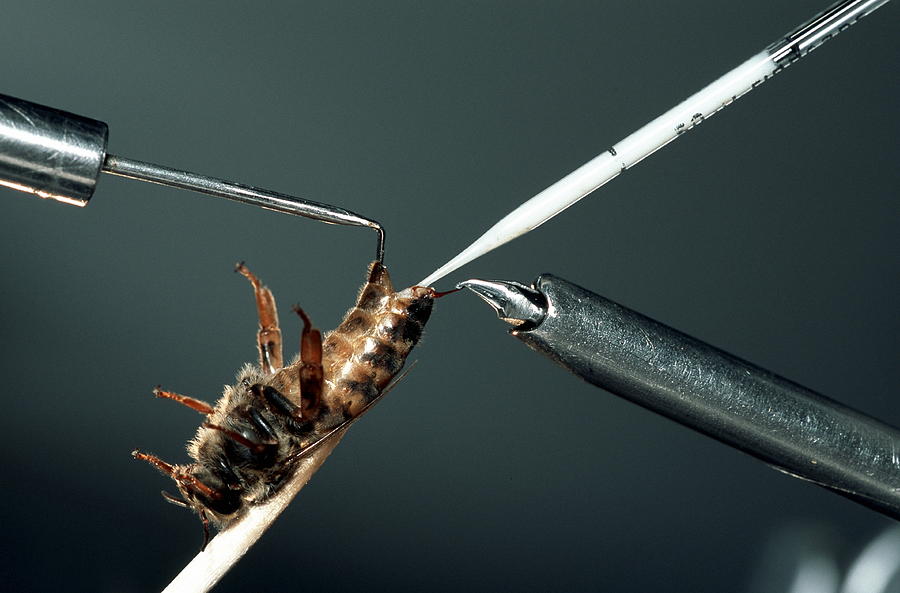
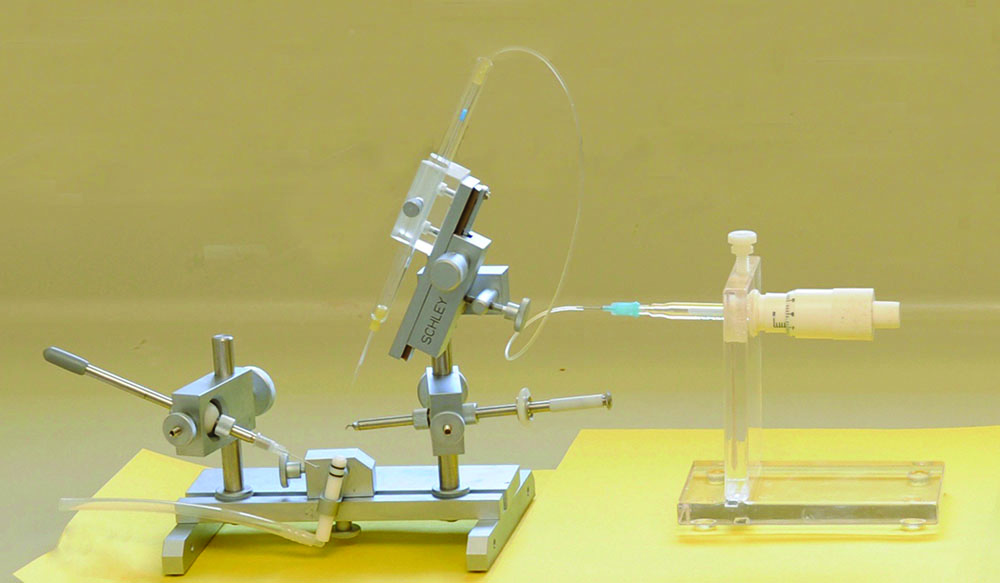
Queen Bees are purchased from commercial ‘queen suppliers. Hundreds of queens are kept in cages waiting to be shipped around the country. After arrival at the post office or shipping depot, they suffer from overheating, cold, being banged around, and being exposed to insecticides. Queens can live for five years but most beekeepers kill and replace them about every two years. There are several reasons for doing that, all of which resort to exerting control over the colony, mostly to keep honey production at a maximum. Artificial pheromones are also used to keep the colonies under control.
Bees are also victims of vivisection. Unfortunately, their quiet nature makes the honeybees easily manipulated and it has been claimed that they make an ideal laboratory animal. Many experiments are conducted to develop colonies that will produce more honey and thus make more money.
As is the “norm” with animal agribusiness, humans mercilessly squeeze profit from the creatures they hold captive. To this end, many ‘beekeepers’ widen their evil business beyond honey to include many other products.
Bee pollen is collected from flowers and brought back to the hive as a load on the hind legs. It is a food source for the bees and is stored in the hive. A colony requires approximately 60 lbs of pollen per year to survive. The collection of pollen involves fitting special traps in the hive, to scrape the pollen from the bees’ backs. The artificial passage created by humans is just big enough to allow the bees through so the traps scrape the pollen off.
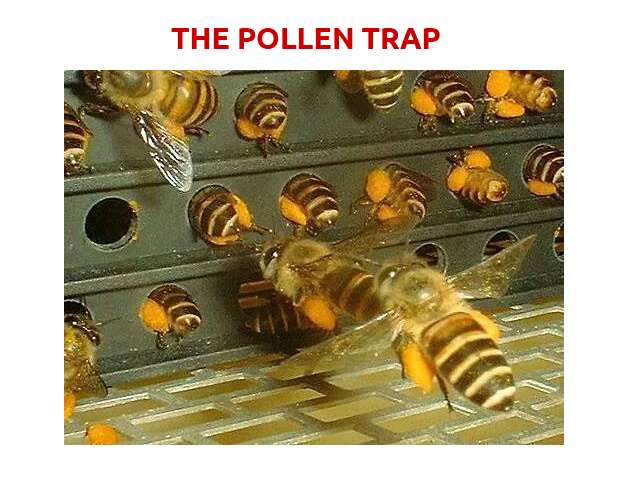
is scraped off the bee’s hind legs. Everything about the bee is stolen and exploited completely
Bee venom is the sting of the bee. Its collection involves the stretching of an electrically charged membrane in front of the hive. When the bees fly into it, they receive an electric shock and sting the membrane, thus depositing the venom. Bee venom is valued by some for its supposed medicinal qualities but there is no scientific evidence of this.

Royal jelly is a creamy-white sticky fluid, which is made from a blend of two secretions from the glands of the worker bees. Royal jelly is the sole source of nourishment for the queen bee throughout her life. Since royal jelly enables the bee to become a queen, some people foolishly believe they can recapture their lost youth by eating it
Beeswax is secreted by bees to build their hives. The grayish-brown wax is secreted by the bee to construct honeycombs. Beeswax is used in some candles and many “natural” cosmetics. Those cosmetics products are falsely marked as “no animal products”.
Propolis is a resinous substance gathered by bees from trees. It is used to fill holes and varnish and strengthen the hive. Bees also use it as a natural antibiotic, antiviral, and antifungal agent. It is gathered by humans either by scraping it off the hive or by collecting it on specially made frames. It is used as a medicine and food supplement. It is sometimes called ‘bee glue’ antiseptic.
Humans commercially steal bees’ winter food sources, merely to sweeten their food. Factory-farmed bees are made to endure genetic manipulation, artificial insemination, pesticide poisoning, artificial food, rough handling, smoke, chemical repellents, air blasts, transportation by air, rail, road, and even by mail, and slaughter.
It is so common for humans to steal from bees who have sweeter “sugar”. It is so natural for humans to steal from the weak something so basic to provide something so marginal to the strong. Humans fail to understand what they are doing is stealing from the bees. For them, they falsely believe the bees are giving humans the honey, this is the same mindset with chickens and eggs, cows and milk, sheep, etc. that they exist to give, happily, their body, skin, fur, and secretions to humans!
Humans can thrive without honey in their diets. Several plant-based options can replace honey. The most common vegan alternatives are:
Maple syrup, Blackstrap molasses, Barley malt syrup, Brown rice syrup, Date syrup, Bee Free Honee
The honey industry, like many other commercial industries, is profit-driven where the welfare of the bees is secondary to commercial gain.
“Earth provides enough to satisfy every man’s needs, but not every man’s greed.”
Mahatma Gandhi.
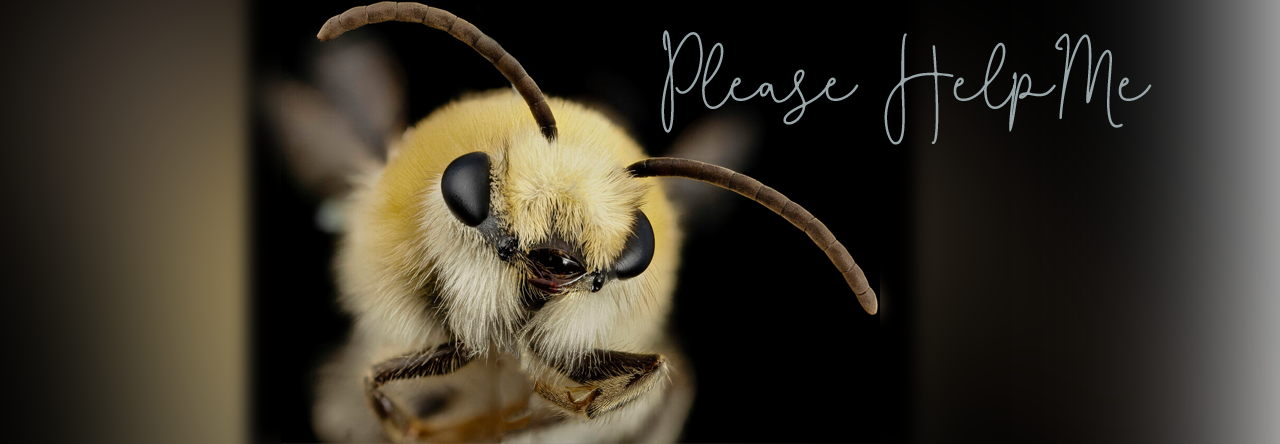
Leave a Reply